Resilience in Science
Resilience in science refers to the ability of a material to return to its original shape or form after being subjected to stress or deformation. This property is important in various scientific fields, including physics, engineering, and materials science.
Key Concepts
- Stress: The force applied to a material, causing it to deform.
- Deformation: The change in shape or form of a material due to applied stress.
- Resilience: The ability of a material to return to its original shape or form after being deformed by stress.
- Elasticity: The extent to which a material can be deformed and still return to its original shape.
Examples of Resilient Materials
Many materials exhibit resilience to varying degrees. Some common examples include:
- Rubber: Rubber is known for its high resilience, as it can be stretched and deformed but returns to its original shape once the stress is removed.
- Steel: Steel is a resilient material that can withstand large amounts of stress and deformation without permanently altering its shape.
- Human Tissues: Human tissues, such as tendons and ligaments, demonstrate resilience by returning to their original shape after being stretched or compressed.
Factors Affecting Resilience
The resilience of a material can be influenced by various factors, including:
- Material Composition: The chemical composition of a material can affect its resilience.
- Temperature: Extreme temperatures can impact the resilience of a material, causing it to become more or less resilient.
- Rate of Deformation: How quickly a material is deformed can impact its ability to return to its original shape.
- Material Structure: The internal structure of a material, such as its crystalline arrangement, can influence its resilience.
Applications of Resilience
Understanding and harnessing the resilience of materials has numerous practical applications, including:
- Engineering: Resilient materials are essential in the design of structures, machinery, and products that need to withstand stress and deformation.
- Biomechanics: Studying the resilience of human tissues is important in fields such as sports science, physical therapy, and orthopedics.
- Material Science: Researchers study the resilience of materials to develop new and improved materials for various industries.
Study Guide
To further your understanding of resilience, consider the following study guide:
- Define resilience and explain its significance in science and engineering.
- Research and compare the resilience of different materials, such as metals, polymers, and biological tissues.
- Investigate real-world applications of resilient materials in industries such as construction, aerospace, and healthcare.
- Conduct experiments to test the resilience of various materials under different conditions, such as temperature and rate of deformation.
- Explore the relationship between resilience and other material properties, such as strength, ductility, and elasticity.
By engaging with these study guide topics, you can gain a comprehensive understanding of resilience and its relevance in the scientific world.
.◂Science Worksheets and Study Guides Eighth Grade. Circulation and immunity
Study Guide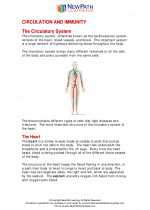 Circulation and immunity
Circulation and immunity  Worksheet/Answer key
Worksheet/Answer key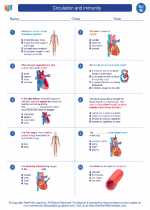 Circulation and immunity
Circulation and immunity  Worksheet/Answer key
Worksheet/Answer key Circulation and immunity
Circulation and immunity  Worksheet/Answer key
Worksheet/Answer key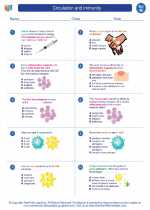 Circulation and immunity
Circulation and immunity  Vocabulary/Answer key
Vocabulary/Answer key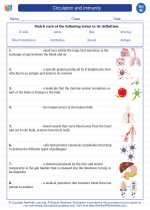 Circulation and immunity
Circulation and immunity  Vocabulary/Answer key
Vocabulary/Answer key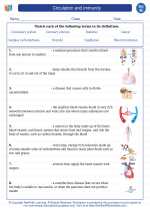 Circulation and immunity
Circulation and immunity  Vocabulary/Answer key
Vocabulary/Answer key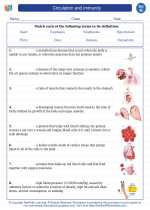 Circulation and immunity
Circulation and immunity  Vocabulary/Answer key
Vocabulary/Answer key Circulation and immunity
Circulation and immunity  Vocabulary/Answer key
Vocabulary/Answer key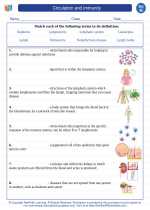 Circulation and immunity
Circulation and immunity  Vocabulary/Answer key
Vocabulary/Answer key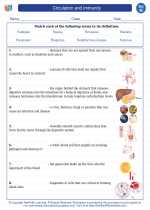 Circulation and immunity
Circulation and immunity  Vocabulary/Answer key
Vocabulary/Answer key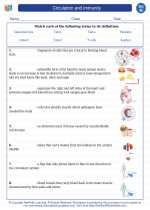 Circulation and immunity
Circulation and immunity 

 Worksheet/Answer key
Worksheet/Answer key
 Worksheet/Answer key
Worksheet/Answer key
 Worksheet/Answer key
Worksheet/Answer key
 Vocabulary/Answer key
Vocabulary/Answer key
 Vocabulary/Answer key
Vocabulary/Answer key
 Vocabulary/Answer key
Vocabulary/Answer key
 Vocabulary/Answer key
Vocabulary/Answer key
 Vocabulary/Answer key
Vocabulary/Answer key
 Vocabulary/Answer key
Vocabulary/Answer key
 Vocabulary/Answer key
Vocabulary/Answer key
